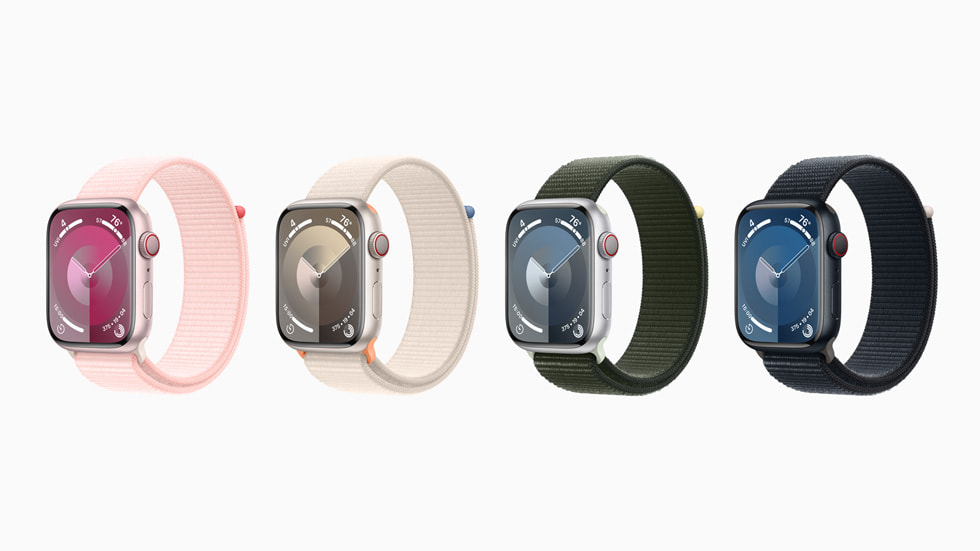In today’s technologically advanced world, the Apple Watch has become more than just a timepiece; it’s a sophisticated wearable device integrating health tracking, communication, and even payments. Understanding its price point is crucial for potential buyers, as the range of models and features significantly impacts the final cost. This article delves deep into the multifaceted factors that determine the price of Apple Watches, exploring different models, customization options, and the overall value proposition. From the entry-level to the premium editions, we’ll examine how features, materials, and market trends contribute to the price variations. This comprehensive guide aims to empower you with the knowledge needed to make an informed decision about investing in an Apple Watch, ensuring you get the best value for your money. Ultimately, understanding the price structure allows consumers to choose a model that aligns with their budget and desired functionality.
Understanding the Apple Watch Price Structure
Factors Influencing Apple Watch Pricing
The pricing of Apple Watches isn’t arbitrary; it’s a carefully calculated reflection of various factors. These include the materials used, the complexity of the internal components, the availability of advanced features, and the overall market demand.

Materials play a significant role. Stainless steel models, while durable, often command a higher price than aluminum versions. Luxury options like titanium and gold significantly increase the cost further. The complexity of the internal components, particularly the processor and sensors, also impacts pricing. More advanced health tracking capabilities and features like cellular connectivity will contribute to a higher price point.
Model Variations
Apple offers a range of Apple Watch models catering to diverse needs and budgets. The Series 8, for instance, is positioned as a mid-range model, boasting improved health tracking capabilities and a more refined design. The ultra-premium models like the ultra often come with enhanced features and materials, leading to a premium price.
Exploring Different Apple Watch Models
Series Models: A Detailed Look
Apple releases various models, each with unique features and pricing. The Apple Watch Series 8, for example, is generally more affordable than the newer models, while the Ultra model occupies the high-end segment.
- Series 8: Offers a balance of features and affordability, making it attractive to a broader consumer base.
- Series 7: Represents a slightly more affordable option compared to newer models, still providing access to essential health and communication features.
- Series 6 and earlier: These older models are often available at a discount, offering a more budget-friendly alternative for those prioritizing essential functions.
Size and Case Material Variations
The size of the watch case also influences the price. Larger screens and more complex designs can contribute to a higher price point. The choice of case materials—aluminum, stainless steel, titanium, or ceramic—is another significant factor influencing the price.
Cellular Connectivity and Additional Features
Cellular Connectivity: Enhancing Functionality
Apple Watches with cellular connectivity offer greater flexibility, allowing for calls and text messages even without a paired iPhone. This feature adds to the overall cost.
Additional Features: Enhancing Value
GPS capabilities, for example, enable accurate tracking during outdoor activities and are incorporated into many models. The inclusion of advanced health sensors and features like heart rate monitoring and fall detection can significantly impact the final price.
Payment functionality, through Apple Pay, is another feature that adds to the price of certain models, as it requires advanced security protocols.
Market Trends and Price Fluctuations
The market for smartwatches is constantly evolving. Supply chain issues, seasonal sales, and demand fluctuations can all impact Apple Watch pricing. Analyzing market trends is crucial for understanding the price adjustments.
Competitive pressures from other smartwatch manufacturers and the ongoing innovation in the technology sector are factors that influence pricing strategies.
Comparing Apple Watch Prices to Competitors
Competitive Landscape Analysis
The pricing of Apple Watches often compares favorably to rival smartwatches, taking into account the brand reputation, features, and overall user experience.
| Brand | Model | Approximate Price |
|---|---|---|
| Samsung | Galaxy Watch 5 | $250-$350 |
| Pixel Watch | $250-$350 | |
| Apple | Series 8 (41mm aluminum) | $399-$449 |
Value Proposition and Feature Sets
Apple’s focus on integration with the broader Apple ecosystem, user experience, and design aesthetics contributes to its premium pricing. Other brands may offer similar features but with a more affordable price tag.
Summary
The price of an Apple Watch is a complex interplay of factors, including materials, features, and market trends. The entry-level models offer a balance of functionality and affordability, while high-end options provide a premium experience with enhanced features and materials. Understanding the different model series, size options, and connectivity choices is essential for making an informed decision. Factors like cellular connectivity, advanced health features, and payment integration contribute to the price differences between models. Market trends and competition from other brands also play a role in shaping the Apple Watch pricing strategy.
Ultimately, the price you pay for an Apple Watch depends on the specific model you choose, which is influenced by several key aspects. This article has provided a comprehensive overview to help you make an informed purchase decision.
Frequently Asked Questions (FAQs)
What is the average price range for an Apple Watch?
The average price range for an Apple Watch varies significantly depending on the model, features, and materials. Entry-level models typically start around $300, while higher-end models with premium features can exceed $1000.
How do I find the most current pricing information for an Apple Watch?
The most up-to-date pricing information can be found directly on the Apple website. Checking official retailer websites or authorized Apple resellers is also recommended. Promotional offers and deals can also impact pricing, so checking various sources ensures you get the most accurate information.
How does the size of the Apple Watch affect its price?
Larger display sizes and more complex designs can contribute to a higher price. Larger models often accommodate more advanced features and have a more premium feel, resulting in a higher price point.
Are there any discounts or promotions available for Apple Watches?
Apple and authorized retailers frequently offer discounts and promotions on Apple Watches. Checking for seasonal sales, student or educator discounts, and bundle offers can help you find more affordable options. Checking online marketplaces for used models or refurbished options is another avenue for potentially saving money.
What are the main differences between the Apple Watch and other smartwatches in terms of price?
Apple Watches generally command a higher price point compared to some competitors, often attributed to the brand reputation, integrated ecosystem, and overall user experience. While some competitors offer comparable features at a lower price, Apple prioritizes a premium experience that translates to a higher price tag.



